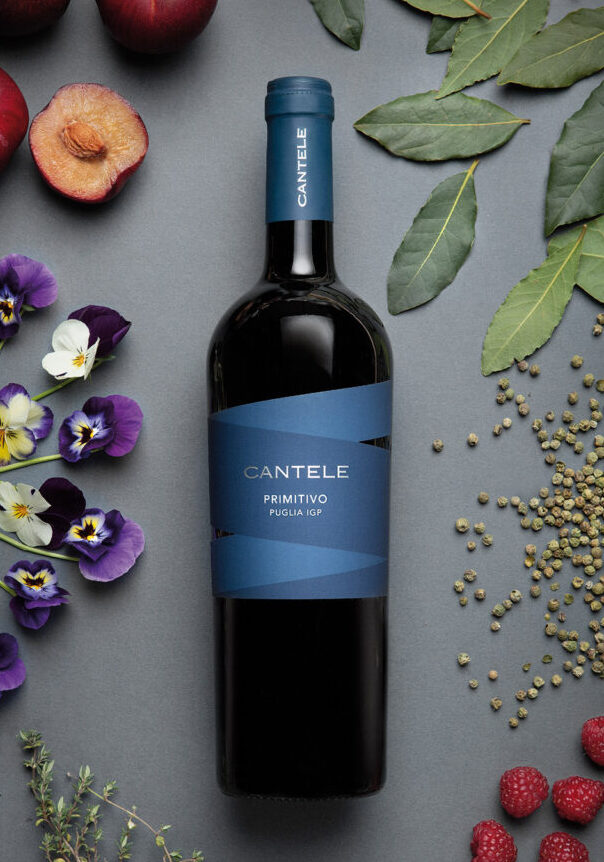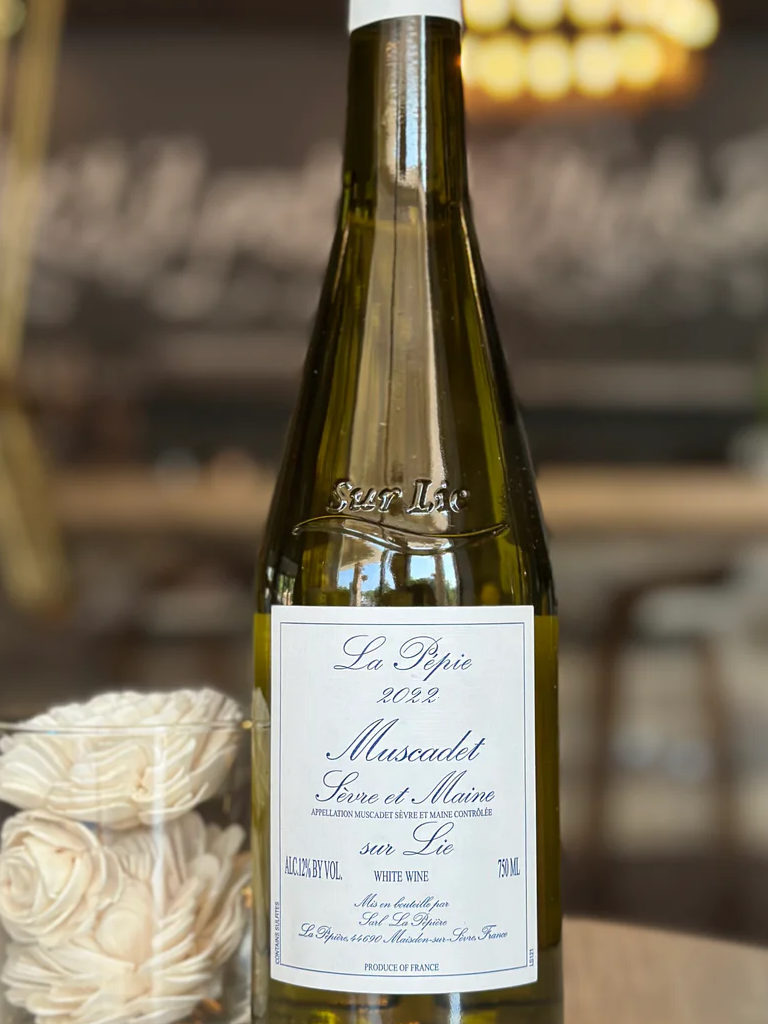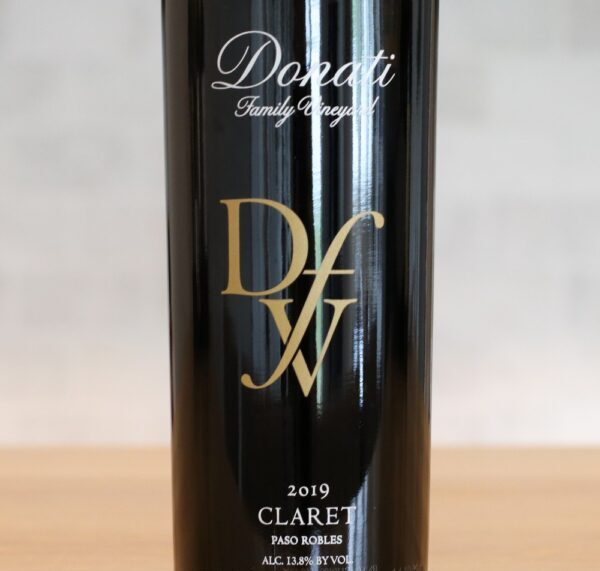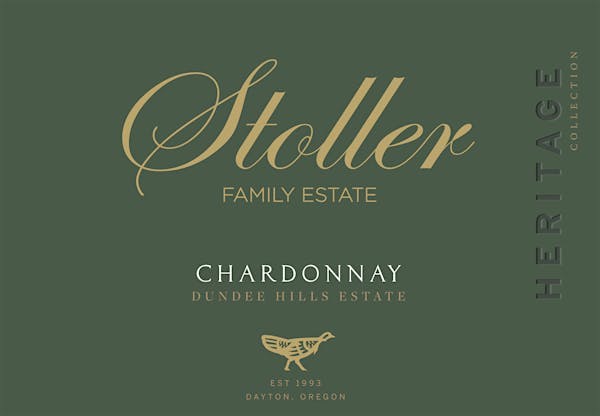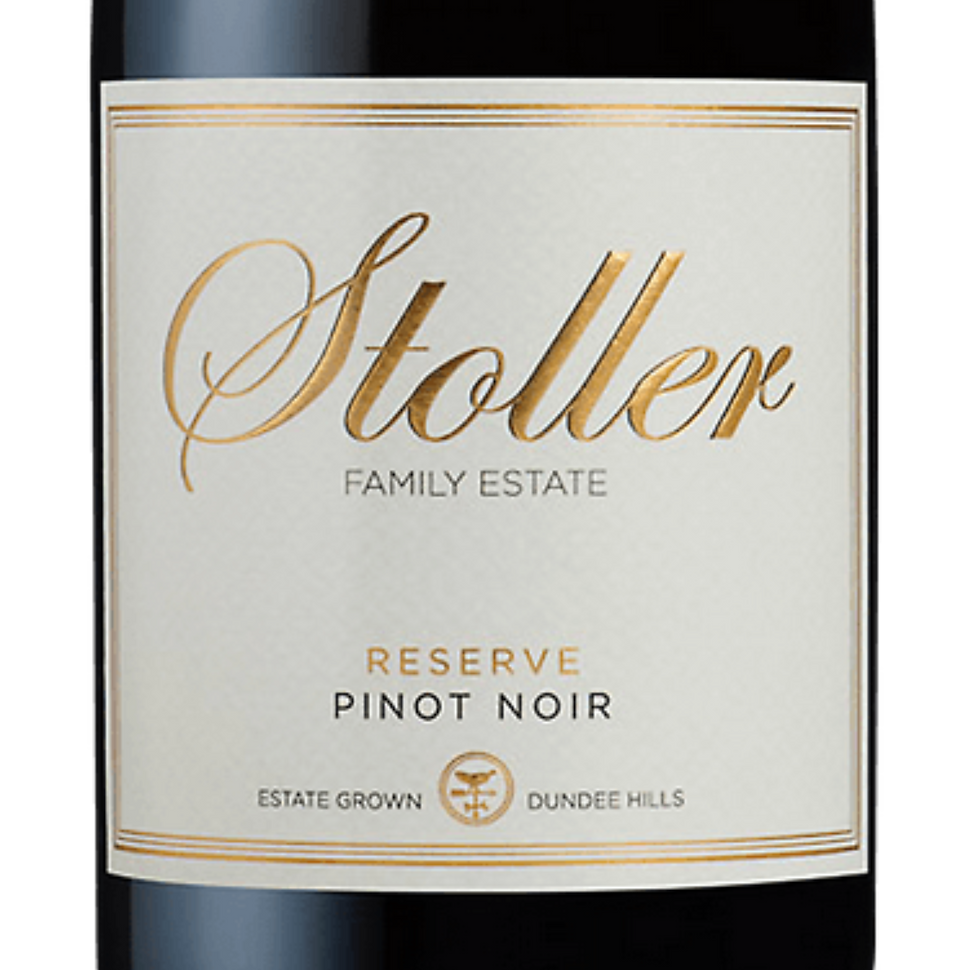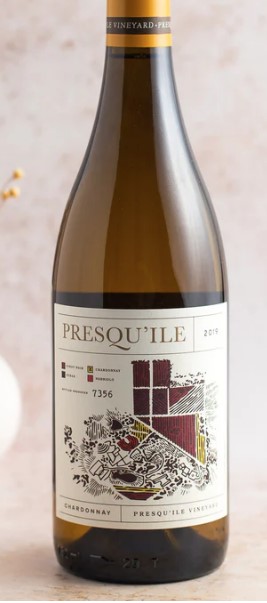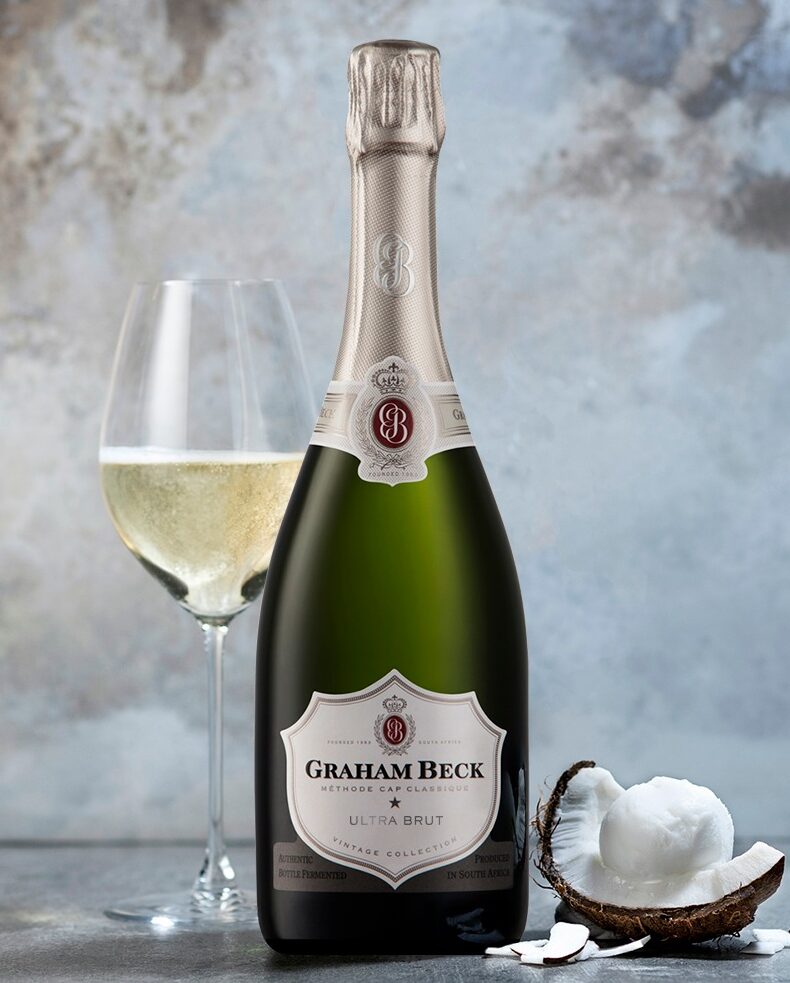For the wine snob: 100% Primitivo, known in the United States as Zinfandel. The grapes were fermented in stainless steel tanks, and the must macerated for 6-8 days. The wine was aged for 6 months in American oak, then 2 more months of bottle aging before being released.
For the rest of us: Ruby red with delicate garnet undertones. On the nose, notes of morello and sour cherry and prune. Floral and spicy notes with a persistent finish. Best paired with pizza to pastas topped with red sauce, baked pastas, and even some lighter entrées, also an excellent pairing for seafood dishes as per tuna and swordfish.

